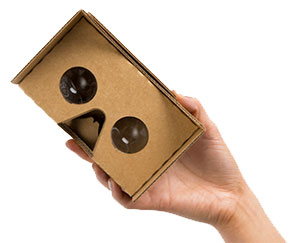In February ITs manager of business analysis, Benette Brink, celebrated 25 years at Stellenbosch University and her dedication was rewarded with a long service award.

This achievement was preceded by a stint at Tukkies where she started out as a computer operator and later a systems programmer. But initially Maties wasn’t part of her long-term career plan. After Tukkies, she became involved with the implementation of software configuration processes at the old Krygkor.
Eventually she ended up at SU’s Information Technology department – a department she would later run.
Over the past few years her focus has shifted to business analysis. Within the IT context it is Benette’s responsibility to promote the application of Information and Communication Technology (ICT) to resolve the university’s business issues.
Together with her team of business analysts she translates the business needs for technologists, as well as technology for administrative, management and academic entities and also analyses processes in the development environment.
Being exposed to the different business aspects of the university, is what makes her work so stimulating. Where others shy away from change, change is her motivation and a changing environment marked by progress, is the one she feels at home in.
“My job isn’t set in stone and there’s always something new on the horizon”
But there’s more to life than work. In spite of a career mostly shaped and defined by technology, being close to nature still speaks to her upbringing on a farm. These roots show in small things like her love for orchids and the challenge to grow them.
When it comes to holidays or short breaks, she prefers somewhere quiet and close to nature. They seldom stay over at the same place and prefer exploring different towns and areas.
“Sometimes I have to escape to somewhere quiet to stay sane.”
When she can’t get away from the daily hustle and bustle, she escapes by studying property prices. Not for buying, but rather to keep up to date with current trends. To add some excitement she also escapes by reading – most recently the Hunger Games series – and watching movies: anything from art house movies like As it is in heaven to crazy action ones like Mad Max.
She admits being a home-bird. After 4:30 in the afternoon is her favourite time, at home, with her husband. And possibly a book … and a movie.
 What can it be used for?
What can it be used for?

 Google Cardboard doesn’t bring anything revolutionary to the table. It’s a virtual reality headset which enables you to watch 3D images and videos with your smart phone.
Google Cardboard doesn’t bring anything revolutionary to the table. It’s a virtual reality headset which enables you to watch 3D images and videos with your smart phone.
